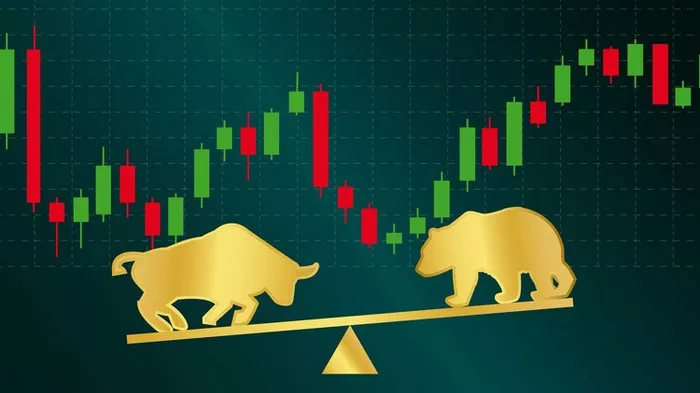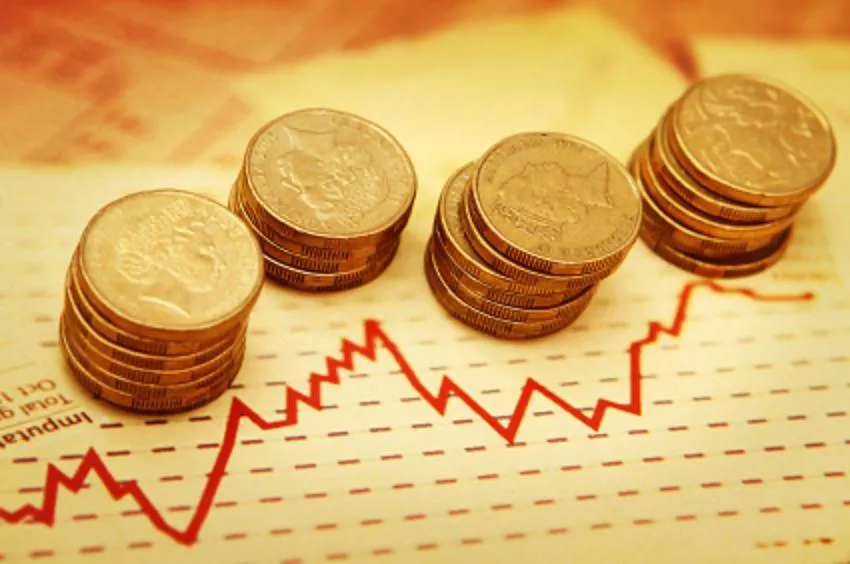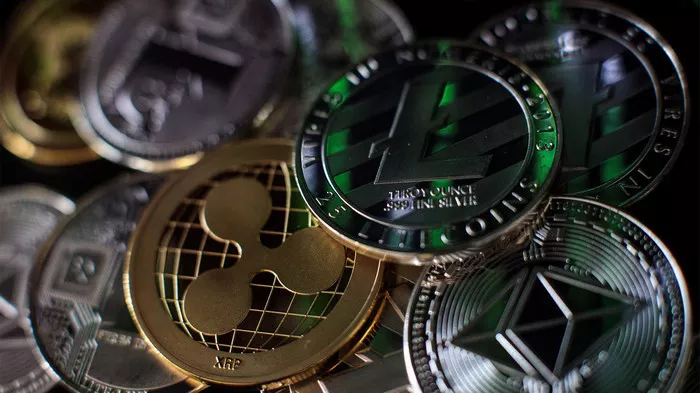Wall Street analysts are predicting further gains for the US dollar, driven by a resilient US economy, reduced expectations for interest rate cuts, and President Donald Trump’s commitment to imposing harsh tariffs.
Major banks like Goldman Sachs, TD Securities, and Deutsche Bank forecast that the greenback will continue to strengthen in 2025. The Bloomberg Dollar Spot Index rose for the fifth consecutive session on Monday, reflecting growing confidence in the dollar. Speculative traders, including hedge funds and asset managers, are the most bullish on the dollar since 2019, with aggregate bullish bets amounting to $33.7 billion, according to data from the Commodity Futures Trading Commission.
Trump’s Tariff Plans Fuel Dollar Strength
Helen Given, a foreign-exchange trader at Monex, noted that the dollar could continue to climb. “If we are to see a move for the dollar index through the November 2022 level, it would likely come either right before or right after Trump’s inauguration,” she said.
The dollar is just 2.8% away from testing its 2022 peak. The cost of hedging against a further dollar rally has surged to its highest point in nearly two years. Analysts attribute the rally to Trump’s tariff plans and the Federal Reserve signaling a more cautious approach to rate cuts.
Strong US Jobs Report and Rate Cut Expectations
A strong jobs report released last Friday led several major banks, including JPMorgan Chase, to revise their rate-cut predictions for 2025. This shift in expectations has contributed to the dollar’s upward momentum, even though the US currency is trading at historically high valuations.
Paresh Upadhyaya, director of fixed income and currency strategy at Amundi US Inc., and TD Securities’ strategists are both predicting the dollar will retest its 2022 highs.
Goldman Sachs and Deutsche Bank Raise Dollar Forecasts
Strategists at Goldman Sachs, led by Kamakshya Trivedi, have revised their dollar forecasts higher for the second time in about two months. They now predict a 5% rally for the greenback over the next year.
Meanwhile, Deutsche Bank’s strategists, led by George Saravelos, foresee the euro falling below parity, trading in the 0.95 to 1.05 range against the dollar this year. They attribute this to a widening gap between the Federal Reserve’s and European Central Bank’s policy expectations.
Global Currency Weakness and Growing US Debt Appeal
The euro has fallen to a two-year low below the 1.02 mark, while the British pound has weakened to its lowest point since November 2023, amid fiscal challenges in the UK. The Australian dollar is also at its lowest level since the early days of the pandemic.
Deutsche Bank recommends buying the dollar against the Japanese yen, predicting the pair could reach 160, up from its current level of about 157, even as the Bank of Japan considers rate hikes.
Tariffs and Global Growth Concerns
With growing concerns over global growth and inflation due to Trump’s tariff plans, the Federal Reserve is expected to pause rate hikes. This would lead to widening interest rate differentials, further favoring the dollar.
Trump has reiterated that he will not scale back his tariff plans. According to a CNN report, he is even considering declaring a national economic emergency to justify imposing universal tariffs. These developments continue to impact markets as traders await more details on Trump’s tariff strategy.
US Government Debt Attracts International Investors
US government debt continues to attract strong international demand, as global investors seek higher returns. The benchmark 10-year Treasury yield has increased by more than one full percentage point since September, moving closer to the key 5% level.
Kathy Lien, a veteran currency trader and managing director at BK Asset Management in New York, believes that a significant shift in macroeconomic conditions would be necessary to change the outlook for the dollar. “There would need to be a more meaningful shift in the fundamental macro dynamic to really change my long dollar view,” she said.
Related topics:

































